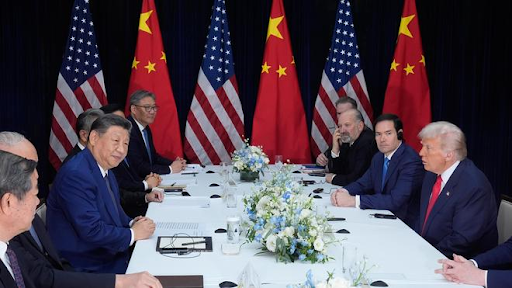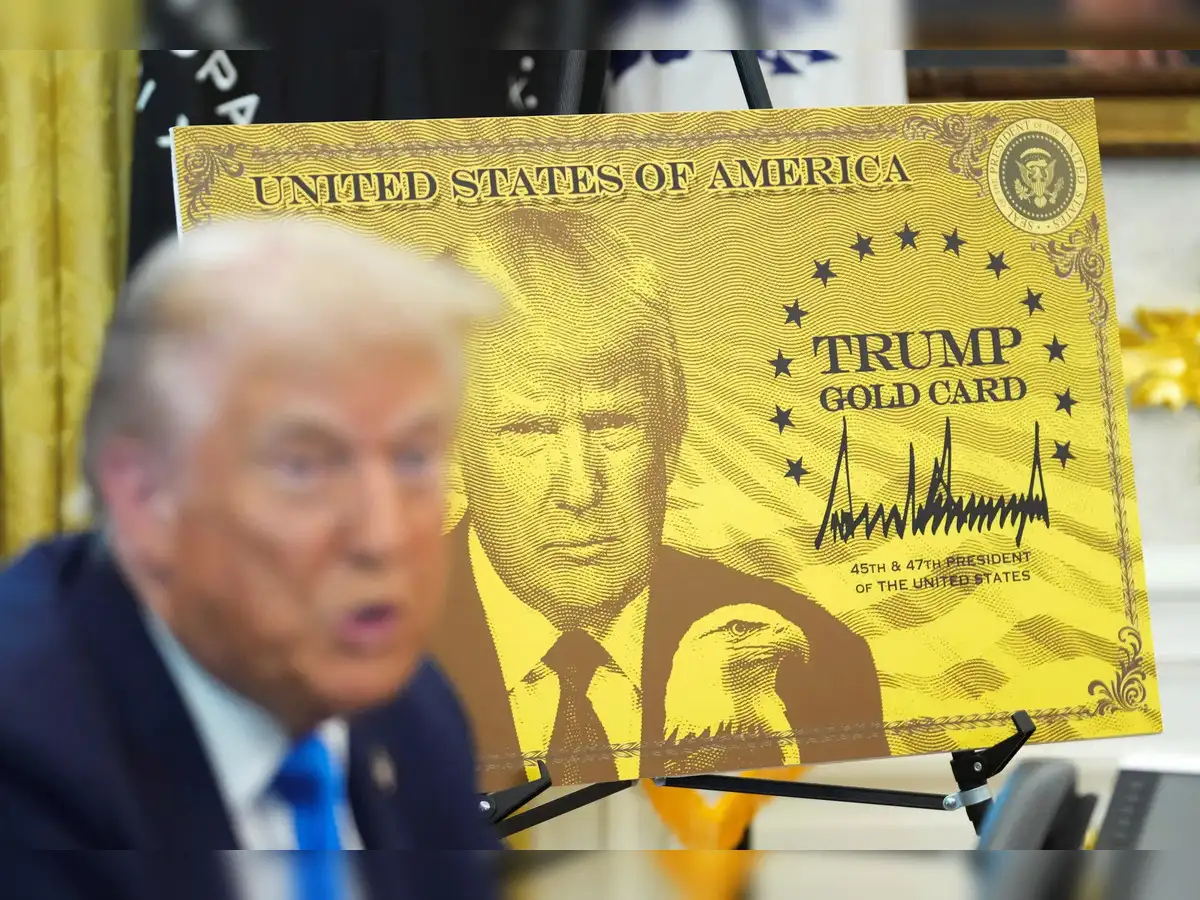



China’s Liaoning carrier conducted unprecedented drills near Japan’s Senkaku Islands, escalating tensions. On May 25, 2025, with four warships, it performed exercises 124 miles from Kuba Island. Moving through the Miyako Strait, China’s actions challenge Japan’s control, risk conflict, threaten Taiwan, disrupt trade, and raise environmental concerns in the East China Sea.

Copyright infringement not intended
Picture Courtesy: ECONOMICTIMES
China's Liaoning carrier conducts unprecedented drills near Japan's Senkaku Islands, escalating regional tensions.
China’s Liaoning aircraft carrier, accompanied by four warships (destroyers CNS Qiqihar and CNS Tangshan, and frigates CNS Binzhou and CNS Anyang), sails near Japan’s Senkaku Islands on May 25, 2025.
The carrier conducts take-off and landing exercises with fighter jets and helicopters, operating just 124 miles north of Kuba Island, part of the Senkaku chain. This is the first time China deploys the Liaoning for such drills in the East China Sea, a region Japan considers its territory but China claims as the Diaoyu Islands.
On May 27, 2025, the Liaoning group moved through the Miyako Strait, a key waterway between Okinawa and Miyako Island, heading toward the Philippine Sea. This strait is a critical passage for China to access the broader Pacific Ocean, bypassing the “First Island Chain” (a US-aligned chain of islands including Japan, Taiwan, and the Philippines).
|
China’s navy, with over 370 ships, is the world’s largest by hull count. It operates two active carriers (Liaoning and Shandong) and is preparing the Fujian, a more advanced carrier with electromagnetic catapults, for service by late 2025 or 2026. China plans to have six carriers by 2035, with the next possibly nuclear-powered, rivaling US capabilities. |
The Senkaku Islands are a group of uninhabited islets in the East China Sea, rich in fish and potential energy resources like oil and gas.

Japan administers them, but China and Taiwan claim them as the Diaoyu and Tiaoyutai Islands, respectively.
Japan nationalized the islands in 2012, sparking protests from China, which has since increased its naval and coast guard presence to assert its claims. The islands are strategically vital because they lie near key shipping routes and are part of the First Island Chain, which the US uses to limit China’s naval expansion.
Under Article 5 of the US-Japan Security Treaty, the US commits to defending Japan, including the Senkakus, if they are attacked. China’s moves, like sending the Liaoning close to the islands, test this commitment. By maintaining patrol ships in the area for 355 days in 2024 and 189 consecutive days as of May 26, 2025, China aims to normalize its presence and weaken Japan’s control.
Risk of Conflict => The Liaoning’s drills and airspace violations, like the Coast Guard helicopter incident in May 2025, increase the risk of miscalculations. A small incident could escalate into a larger conflict involving Japan, China, and the US.
Taiwan’s Security => If China controls the Senkakus or dominates the East China Sea, it could threaten Taiwan’s eastern defenses. Japan’s western islands, including Okinawa, could also be at risk, complicating US naval operations.
Global Trade => The East China Sea hosts vital shipping lanes. China’s assertiveness could disrupt trade routes.
Environmental Concerns => Heavy military presence in sensitive ecosystems like the South and East China Seas risks long-term environmental damage.
Must Read Articles:
EAST AND SOUTH CHINA SEA DISPUTE
Source:
|
PRACTICE QUESTION Q. Consider the following statements regarding islands in the East China Sea:
Which of the statements given above is/are correct? A) 1 only B) 2 and 3 only C) 1 and 3 only D) 1, 2, and 3 Answer: D Explanation: All three statements are correct. Huaping Islet is a volcanic island north of Taiwan. Niushan Island, also known as Niushan Dao, is the closest China-administered island to Taiwan. Ieodo, or Socotra Rock, is an underwater feature claimed by both China and South Korea. |




© 2026 iasgyan. All right reserved